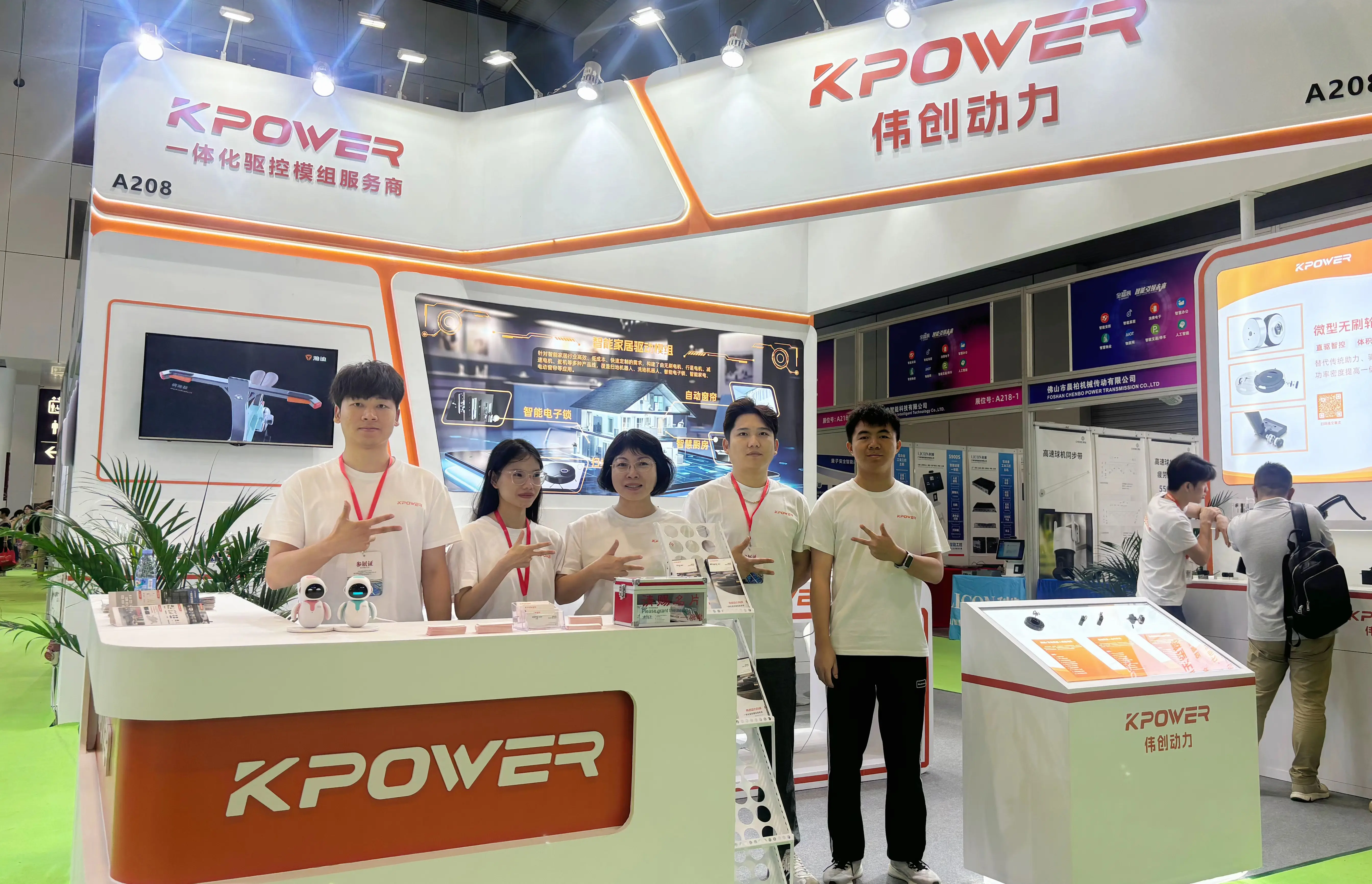Unlocking Precision: The Art and Science of Brushless DC Motor Servo Design
In the arena of modern engineering, few innovations have sparked as much transformative change as the brushless DC (BLDC) motor. Known for their efficiency, longevity, and precise control, BLDC motors have become the driving force behind countless applications, from robotics and aerospace to electric vehicles and industrial automation. Among their many uses, servo systems powered by brushless DC motors stand out as a marvel of engineering, offering unparalleled accuracy and responsiveness.

The Essence of Brushless DC Motors
At their core, BLDC motors are a product of innovation that replaces traditional brushed motors with electronic commutation. Unlike brushed motors that use brushes and a commutator to switch the current direction in the armature windings, BLDC motors rely on electronic control to achieve rotation. This design eliminates the physical wear and tear inherent in brushes, leading to a longer lifespan, lower maintenance, and higher reliability.
Their stator is typically equipped with multiple windings, and the rotor contains permanent magnets. When controlled electronically, alternating currents energize the stator windings, creating a rotating magnetic field that interacts with the rotor magnets, producing torque. This setup grants BLDC motors superior efficiency, as there are fewer energy losses and heat generation compared to brushed counterparts.
Why Powering Servos with Brushless DC Motors Makes Sense
Servo systems are the bedrock of automation, used to position, velocity, and torque control with remarkable precision. They demand motors that can respond rapidly and accurately to control signals, maintain stability under load, and operate reliably over long periods. BLDC motors fit this profile seamlessly.
The primary reasons for choosing BLDC motors in servo applications include:
High Efficiency: Minimal energy loss during operation means less heat and energy consumption, essential for prolonged, energy-sensitive tasks.
Precise Control: With their stable magnetic fields and electronic commutation, these motors can achieve fine position and speed regulation—vital for applications like CNC machining or robotic arms.
Longer Life and Reliability: The absence of brushes reduces wear, resulting in a longer lifespan and lower maintenance costs.
High Power Density: They provide significant torque in a compact package, enabling miniaturization without sacrificing performance.
Responsive and Smooth Motion: Precise electronic control enables smooth acceleration, deceleration, and positioning, eliminating jerky movements common in older motor designs.
Fundamentals of Servo Design with BLDC Motors
Developing a functional, efficient BLDC servo system requires an integrated approach, balancing hardware and software components. Core considerations include:
Motor Selection: Choosing the right size, torque rating, and magnetic characteristics tailored to the application's load profile. Electronic Control: Implementing sophisticated motor controllers with precise PWM (Pulse Width Modulation) control, sensors (like encoders or Hall effect sensors), and algorithms such as Field-Oriented Control (FOC) for precise commutation. Feedback Systems: Accurate position feedback is paramount. Encoders or resolvers provide real-time data, ensuring the control system can adjust operation dynamically. Power Supply and Drive Electronics: Ensuring stable power delivery and robust driver circuitry that can handle rapid switching and high currents. Mechanical Integration: Proper mounting, cooling, and alignment to maximize motor performance and lifespan.
Design Challenges and Solutions
While BLDC servo design offers incredible benefits, it also presents unique challenges:
Complex Control Algorithms: Achieving high precision necessitates advanced algorithms. FOC, for example, requires complex mathematical computation that must be implemented efficiently. Sensor Integration: High-resolution sensors improve accuracy but add to cost and complexity. Sensorless control, utilizing back-EMF (Electromotive Force) signals, often balances cost and performance. Thermal Management: even high-quality BLDC motors generate heat. Proper cooling solutions, such as heat sinks or liquid cooling, are critical, especially in high-torque applications. Electromagnetic Compatibility: Proper shielding and filtering minimize interference affecting sensitive control electronics.
Engineers and designers leverage nuanced understanding of electromagnetic principles, control theory, and mechanical design to optimize BLDC servo systems. When executed well, these systems exemplify seamless harmony between hardware and software, delivering motion control that is both precise and reliable.
In the subsequent section, we’ll delve deeper into the components that make up a complete BLDC servo system, explore innovative control techniques, and showcase real-world applications illustrating the incredible potential of this technology.
Kpower has delivered professional drive system solutions to over 500 enterprise clients globally with products covering various fields such as Smart Home Systems, Automatic Electronics, Robotics, Precision Agriculture, Drones, and Industrial Automation.




































